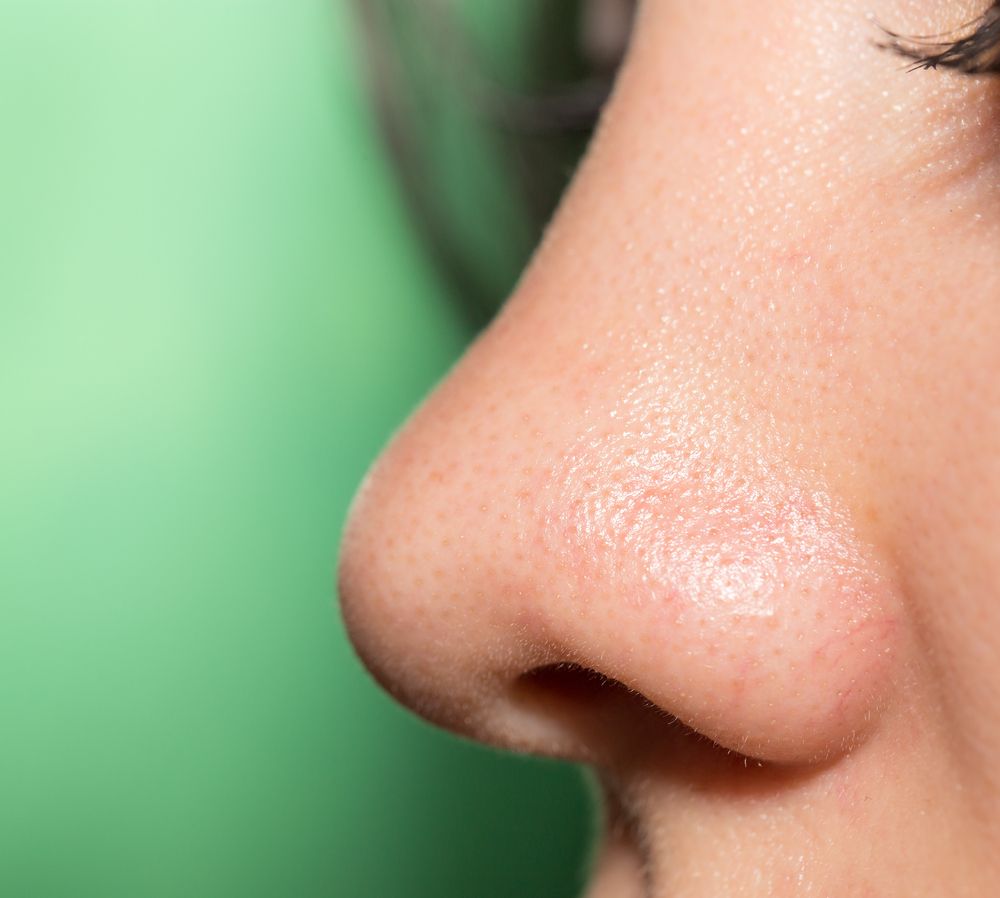Non-invasive ‘Smell’ Test May Speed Diagnosis

schankz/Shutterstock
A non-invasive test that measures signals from the olfactory bulb — the part of the brain responsible for scent-perception — may aid in the early diagnosis of Parkinson’s disease, according to a recent study.
The test, called an electrobulbogram, also also can inform about disease duration, severity, and the effect of medications.
Study results, “A non-invasive olfactory bulb measure dissociates Parkinson’s patients from healthy controls and discloses disease duration,” were published in the journal npj Parkinson’s Disease.
The olfactory bulb, the part of the brain that primarily processes scent-related signals, is one of the first to be affected by Parkinson’s disease.
As so, patients often experience problems in their ability to smell years before the onset of motor symptoms, which are the hallmark of Parkinson’s disease. These dysfunctions arise from the degeneration of nerve cells (neurons) within the olfactory bulb. As such, a more direct measure of the olfactory bulb’s function could serve as a potential early biomarker for Parkinson’s.
A recent study suggested that the scent-related signals of the olfactory bulb could be measured using a non-invasive electrobulbogram (EBG). The test uses small electrodes that are placed on a person’s forehead to measure the odor-induced activity as an electric signal, either in the gamma or beta waves.
Electrical activity in the brain can be measured as brainwaves (oscillations) with different frequencies. Brainwaves are produced by electrical pulses from nerve cells communicating with each other. They are divided into different bandwidths, specifically infra-low, delta, theta, alpha, beta, and gamma, that change according to what an individual is doing and feeling.
Now, researchers at the Karolinska Institute in Stockholm, Sweden, assessed whether the odor-induced signaling measured with the EBG could help distinguish Parkinson’s patients from healthy people, while comparing the sensitivity and specificity of EBG versus a standardized clinical olfactory test.
Of note, a test’s sensitivity is its ability to correctly identify those with a given disease, while specificity refers to correctly identifying those without it.
The team evaluated 20 patients with Parkinson’s disease (mean age 61.92 years; mean disease duration 3.95 years) and 18 age-matched healthy individuals (mean age 61.82), who served as controls.
When compared to controls, the ability to smell was significantly worse in Parkinson’s patients, when assessed using the Sniffin’ Sticks, a 16-item odor identification test.
The responses of the olfactory bulb were assessed by exposing each participant to one-second long stimuli consisting of either odor or non-odorized air using four EBG electrodes attached to each participant’s forehead.
When compared to those with Parkinson’s, healthy controls had greater odor-induced power in the theta, beta, and gamma bands.
The researchers identified six EBG components during the initial and later stages of odor processing that were able to distinguish healthy people from those with Parkinson’s disease with 90% sensitivity and 100% specificity. For comparison, the 16-item odor identification test had a sensitivity of 90% and a specificity of 94%,
These EBG components associated with disease parameters, specifically with patients’ levodopa equivalent daily dose, disease duration and severity, and odor performance on the 16-item odor identification test.
Overall, “objective measurement of OB’s [olfactory bulb] function has the potential to enable early diagnosis of PD, possibly several years before motor symptom onset,” the researchers wrote.
“These findings support using EBG as a tool to experimentally assess PD [Parkinson’s disease] interventions, potentially aid diagnosis, and the potential development of EBG into an early biomarker for PD,” they concluded.







